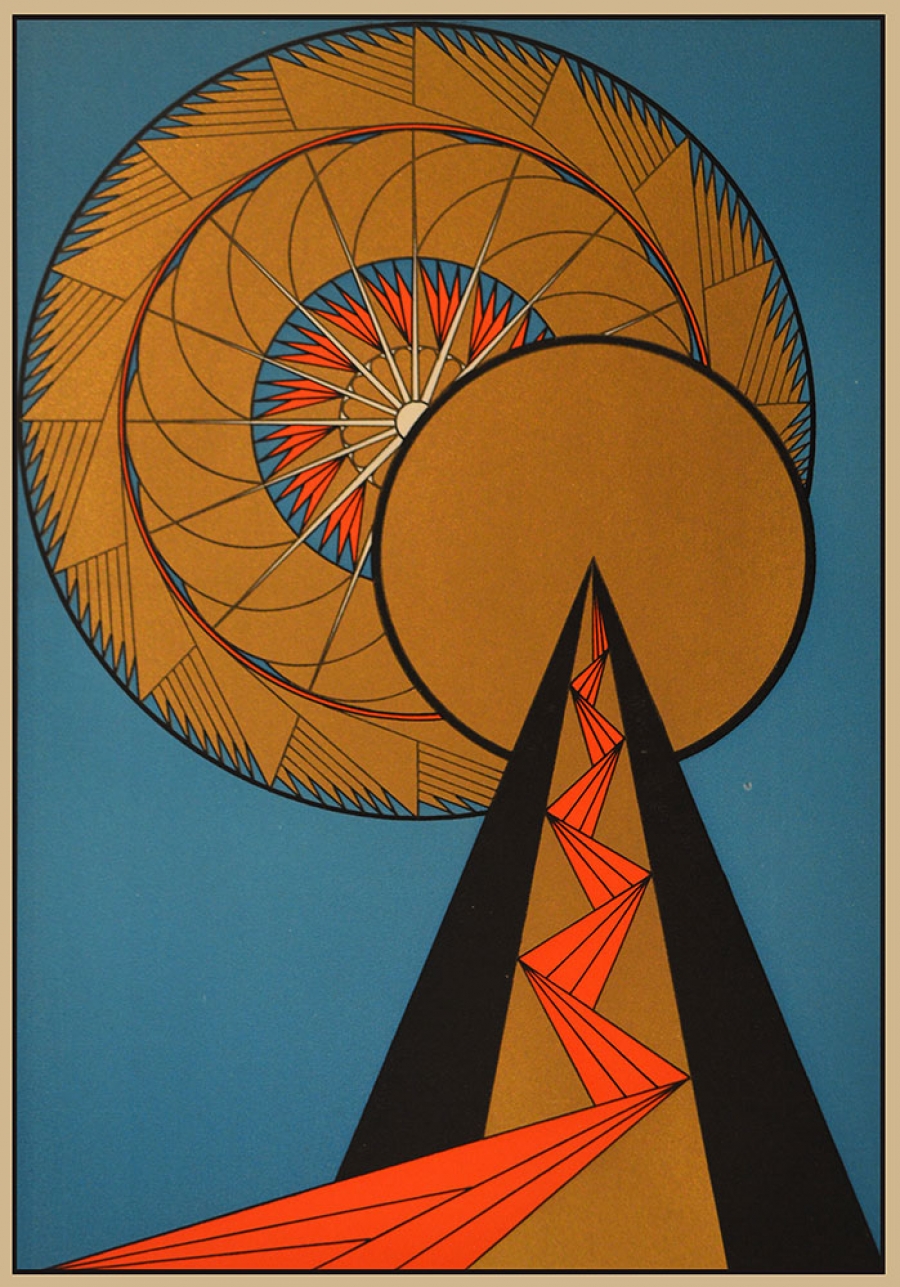OLGA FRÖBE-KAPTEYN
1881-1962
The Keeper, New Museum (New York) 2016
OLGA FRÖBE-KAPTEYN, Man and purpose, Zurich: Rhein-Verlag, 1958
OLGA FRÖBE-KAPTEYN, Man and rite, Zurich: Rhein-Verlag, 1951
Olga Fröbe-Kapteyn was born in London in 1881 to Dutch engineer and photographer, Albertus Kapteyn, and his wife, the philosophical anarchist Truus Muysken.
In 1900 she moved to Zurich to study Art History at the School of Applied Arts, where she married Iwan Fröbe, a Croatian flutist and orchestra conductor. After her husband died in a plane crash, Fröbe-Kapteyn and her father travelled to the Mountain of Truth in the Swiss village of Ascona - an anarchist’s utopia, guided by laws of vegetarianism and nudism. From 1920 onwards, Ascona became her home.
It was here that Fröbe-Kapteyn created an informal centre called Eranos - a title suggested to her by historian of religions, Rudolf Otto. The Swiss psychiatrist and psychoanalyst, Carl Jung, proposed she use Eranos as a meeting place between East and West, with symposia thematically poised to inspire interdisciplinary conversation.
Fröbe-Kapteyn was not primarily an artist, but a scholar in pursuit of spiritual truths and symbolic linguistics. It was her research in this symbolism that resulted in a creative practice, combining various motifs into precise, geometric forms. These symbols were sourced from various sources, based on the belief that certain recurring symbols served as cross-cultural and cross-temporal semantic tools.
It was this endeavor that resulted in the first exhibition of her work, as part of the 1938 Eranos Conference titled “The Great Mother.” The conference compared images of various goddesses of Aztec, Minoan, Babylonian cultures and discussed these figures as repetitions of the same fundamental human values. This conference would go on to inspire Erich Neumann’s The Great Mother - An Analysis of the Archetype (1955).
Fröbe-Kapteyn’s work has emerged alongside the practices of spiritualists like Hilma af Klint and Emma Kunz, each – in her own way – interested in discovering the mysteries of humankind and beyond. Fröbe-Kapteyn’s symbolist research would lead her travels to numerous libraries around the world, including the Morgan Library in New York, the British Museum and the National Archaeological Museum of Athens, among others.
By the 1950s, Fröbe-Kapteyn had compiled over 6,000 images into her Archive for Research in Archetypal Symbolism. She donated the collection to the Warburg Institute, where it has been preserved and built upon extensively. Her paintings gained further recognition after exhibited in The New Museum’s The Keeper in 2016, curated by Massimiliano Gioni and Edlis Neeson.
Fröbe-Kapteyn died in Ascona in 1962.




